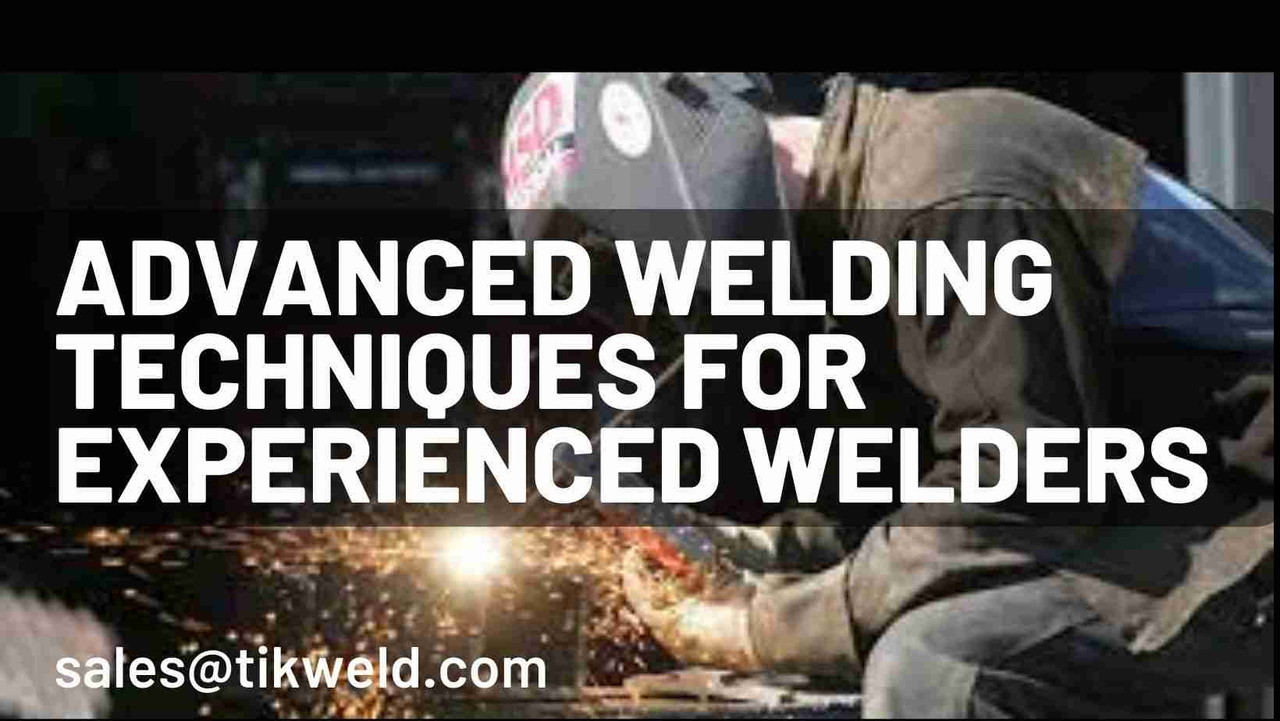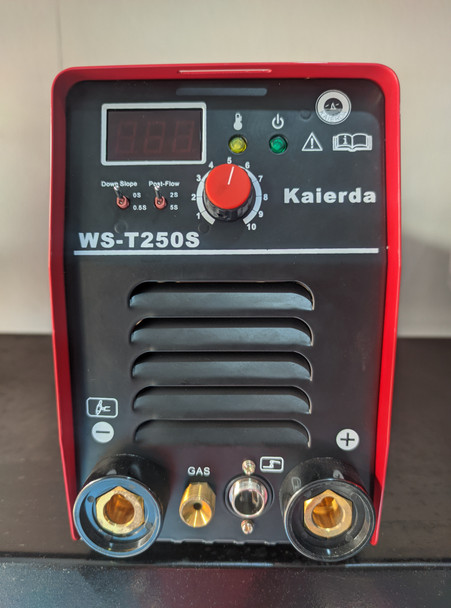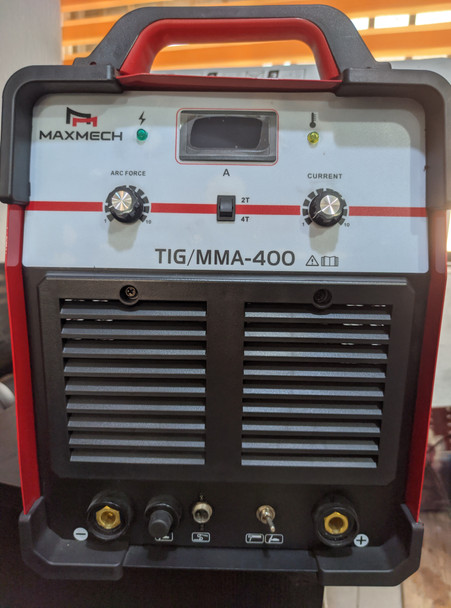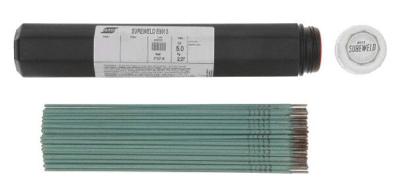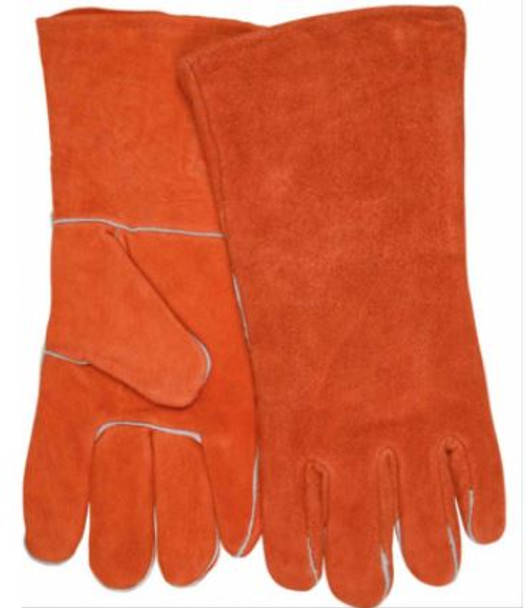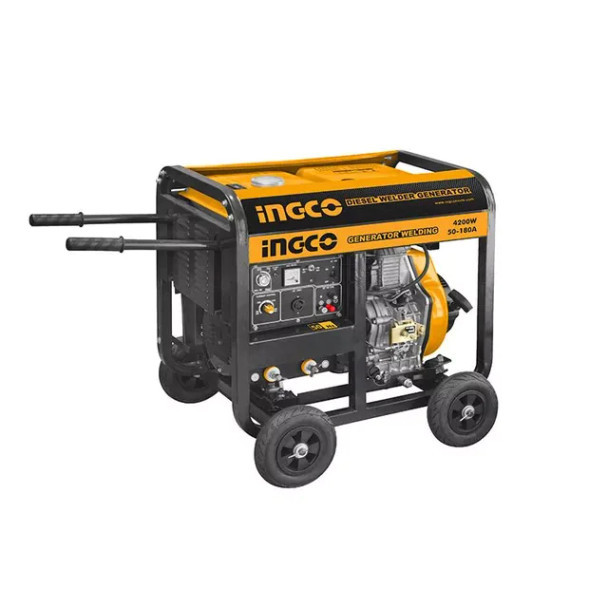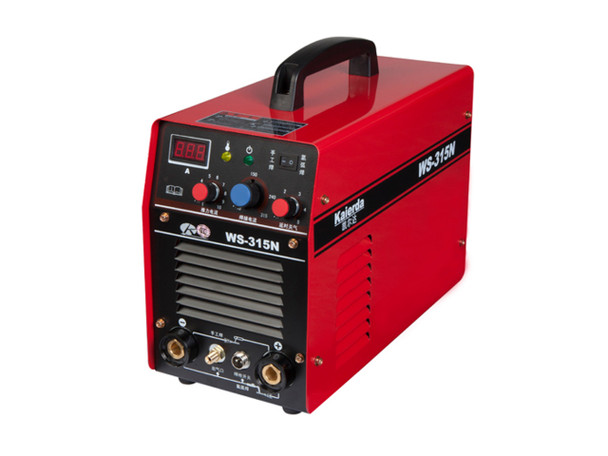Advanced Welding Techniques for Experienced Welders
Are you an experienced welder looking to take your welding skills to the next level? Look no further! In this article, we will explore advanced welding techniques that will help you hone your craft and achieve exceptional results.
Welding is more than just joining two pieces of metal together - it's an art form. As an experienced welder, you understand the importance of precision and attention to detail. By incorporating advanced techniques into your work, you can create stronger, neater, and more aesthetically pleasing welds.
From TIG welding to flux-cored arc welding, we will delve into a variety of techniques that will enhance your skill set. We will also discuss the benefits and challenges of each technique, helping you determine which ones are best suited to your specific projects.
Whether you're a professional welder or a hobbyist, mastering advanced welding techniques will set you apart from the competition and open doors to new opportunities. So, grab your welding helmet, prepare your welding machine, and get ready to elevate your craft to new heights with these advanced welding techniques.
Kaierda Inverter TIG/MMA Welding Machine WS-T250S
The Importance of Advanced Welding Techniques
Advanced welding techniques offer numerous benefits that can significantly improve the quality and efficiency of your work. These techniques are designed to address specific welding challenges and provide solutions that result in stronger, more durable welds. Additionally, mastering advanced techniques allows you to expand your capabilities and take on more complex projects.
By investing time and effort into learning and practicing advanced welding techniques, you can enhance your reputation as a skilled welder. Clients and employers are increasingly seeking welders with expertise in advanced techniques, as they understand the value these skills bring to their projects.
Different Types of Advanced Welding Techniques
TIG welding: The art of precision
Tungsten Inert Gas (TIG) welding, also known as Gas Tungsten Arc Welding (GTAW), is a precise and versatile technique that produces high-quality welds. TIG welding uses a non-consumable tungsten electrode to create an arc that melts the base metal and filler material, resulting in a clean and controlled weld.
One of the main advantages of TIG welding is its ability to produce welds with minimal spatter and distortion. This makes it ideal for applications that require precision, such as aerospace, automotive, and jewelry manufacturing. TIG welding also allows for the use of various materials, including stainless steel, aluminum, and copper alloys.
However, TIG welding requires a high level of skill and dexterity. It involves manually feeding the filler material into the weld pool, which can be challenging, especially when working on overhead or vertical positions. Additionally, TIG welding is a slower process compared to other techniques, making it more time-consuming for larger projects.
Maxmech Inverter Welding Machine TIG/MMA-400
MIG welding: Efficiency and versatility
Metal Inert Gas (MIG) welding, also known as Gas Metal Arc Welding (GMAW), is a widely used welding technique known for its efficiency and versatility. MIG welding uses a consumable wire electrode and a shielding gas to protect the weld pool from atmospheric contamination.
One of the main advantages of MIG welding is its high deposition rate, which allows for faster welding speeds compared to other techniques. This makes it suitable for applications that require efficiency, such as construction, shipbuilding, and automotive manufacturing.
MIG welding is also relatively easy to learn and perform, making it a popular choice among beginners and professionals alike. The technique can be used on a wide range of materials, including mild steel, stainless steel, and aluminum.
However, MIG welding may not be suitable for projects that require high precision or clean welds. The process can produce more spatter compared to TIG welding, and the weld quality may be affected by factors such as wire feed speed and travel speed.
INGCO Auto Darkening Welding Helmet AHM008
Flux-cored arc welding: Strength and productivity
Flux-cored arc welding (FCAW) is a versatile welding technique that combines elements of both MIG welding and stick welding. FCAW uses a tubular flux-cored electrode filled with flux to generate the shielding gas and provide additional protection against contaminants.
One of the main advantages of FCAW is its ability to produce strong and durable welds, making it suitable for heavy-duty applications such as structural welding and pipeline construction. The technique also allows for higher welding speeds compared to stick welding, resulting in increased productivity.
FCAW is particularly well-suited for outdoor and windy conditions, as the flux in the electrode provides better protection against atmospheric contamination compared to MIG welding. The technique can be used on a variety of materials, including carbon steel, stainless steel, and low-alloy steel.
However, FCAW does have some limitations. The process can produce more smoke and fumes compared to other techniques, requiring proper ventilation and respiratory protection. Additionally, the flux-cored electrode may introduce slag that needs to be removed after welding.
Esab Stick Welding Electrode 3/32 x 14in 5kg E6013 Sureweld series
Plasma Arc welding: Precision and speed
Plasma arc welding (PAW) is a highly precise welding technique that uses a constricted arc and a high-velocity plasma gas to create a focused and controlled weld pool. PAW is known for its ability to produce deep penetration welds with minimal heat input, resulting in reduced distortion and high-quality welds.
One of the main advantages of PAW is its versatility in welding a wide range of materials, including stainless steel, titanium, and nickel alloys. The technique is often used in industries such as aerospace, medical, and power generation, where precision and quality are crucial.
PAW can be performed manually or using automated systems, depending on the complexity of the project. The precise control over the arc and plasma gas allows for greater weld quality and repeatability. Additionally, the process can be performed at higher welding speeds compared to TIG welding.
However, PAW does require specialized equipment and training, making it less accessible for some welders. The technique also requires a clean and well-prepared welding surface to ensure optimal weld quality.
Welders Welding Gloves
Laser Welding: High precision and minimal distortion
Laser welding is a cutting-edge welding technique that uses a high-energy laser beam to melt and fuse materials together. Laser welding offers unparalleled precision, allowing for the welding of small and intricate components with minimal distortion.
One of the main advantages of laser welding is its ability to produce welds with exceptional strength and quality. The concentrated heat source and precise control over the welding parameters result in minimal heat-affected zones and reduced distortion.
Laser welding is commonly used in industries such as automotive, electronics, and jewelry manufacturing, where precision and aesthetics are critical. The technique can be used on a variety of materials, including metals, plastics, and ceramics.
However, laser welding requires specialized equipment and expertise. The high cost of laser welding machines and the need for proper safety measures can be a barrier for some welders. Additionally, the process is highly sensitive to surface contaminants, requiring meticulous surface preparation.
Ingco Diesel Welder Generator GDW65001
Advancements in Advanced Welding Techniques
The field of advanced welding techniques is constantly evolving, driven by technological advancements and industry demands. Researchers and manufacturers are continually developing new welding processes and equipment to improve efficiency, quality, and safety.
One area of advancement is the development of automated welding systems that use robotics and artificial intelligence. These systems offer increased precision, productivity, and safety, allowing for the welding of complex and repetitive tasks with minimal human intervention.
Another area of advancement is the development of new welding consumables, such as advanced filler materials and shielding gases. These consumables are designed to enhance the weld quality, improve performance, and reduce environmental impact.
Additionally, advancements in welding power sources and control systems have resulted in more efficient and user-friendly welding machines. These machines offer greater control over the welding parameters, allowing for more precise and consistent welds.
As technology continues to advance, the future of advanced welding techniques looks promising. Welders can expect to benefit from improved welding processes, equipment, and materials that will further enhance their capabilities and the quality of their work.
Kaierda Electric Welding machine WN-315N
Conclusion
Advanced welding techniques play a crucial role in the development of skilled welders and the quality of their work. Whether you choose to master TIG welding, MIG welding, flux-cored arc welding, plasma arc welding, or laser welding, each technique offers unique advantages and challenges.
By investing time and effort into learning and practicing advanced welding techniques, you can elevate your craft and set yourself apart from the competition. These techniques allow you to tackle more complex projects, produce stronger and more aesthetically pleasing welds, and open doors to new opportunities.
The field of advanced welding techniques is constantly evolving, driven by technological advancements and industry demands. As we look to the future, welders can expect to benefit from further advancements in automation, consumables, and welding equipment, further enhancing their capabilities and the quality of their work.
So, grab your welding helmet, prepare your welding machine, and embark on a journey of mastery and innovation. With advanced welding techniques at your disposal, the possibilities are endless.
Related Articles:
Welding in Harsh Environments: Tips and Best Practices
Customer Stories: Transformative Projects Achieved with Our Welding Equipment
The Evolution of Welding Technology: Past, Present, and Future
12 essential welding equipment for fabrication work

